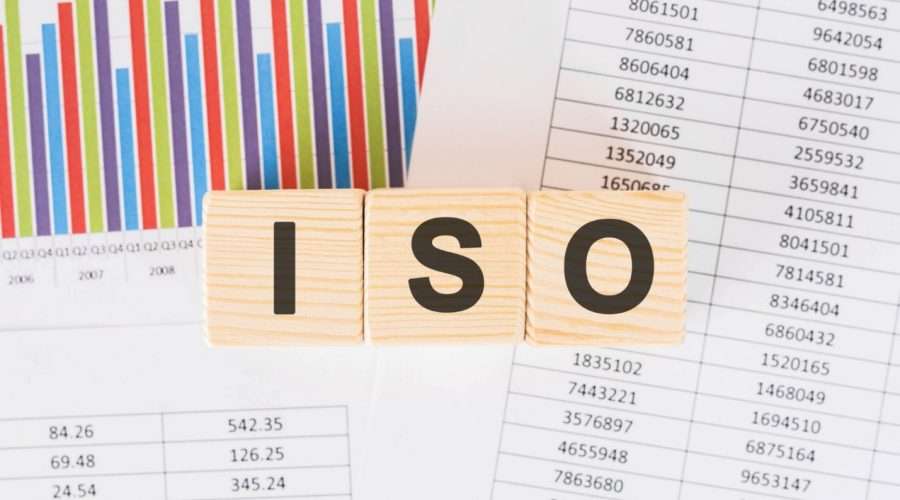ISO 13485, a commonly used standard for medical device production and healthcare services, is based on another quality framework, ISO 9001. Even though ISO 9001 was designed as a universal framework for quality management systems applicable to any industry, it is not enough for medical devices. Meanwhile, the extended scope of ISO 13485 helps to maintain the quality of medical devices and services and, therefore, the safety of patients using them.
Management responsibility
ISO 13485 has a less flexible approach and is more focused on regulatory compliance. It emphasises the responsibility of medical device manufacturers, both original equipment manufacturers (OEM) and electronics manufacturing service (EMS) providers, to maintain an effective quality management system. It means any entity related to the device production has to act according to the ISO 13485 guidelines so that the final product can be marked with CE (The Conformitè Europëenne Mark).
For example, Assel, one of the most experienced EMS providers in Poland, has introduced a robust quality management system and obtained an ISO 13485 certificate to ensure the OEMs cooperating with it are able to pass the ISO 13485 certification too and launch their products.
ISO 13485 also has more detailed requirements for assigning particular responsibilities for reviewing, approving, performing and managing quality management system (QMS) documentation and data retention standards to personnel.
Product realisation and resource management
ISO 13485 takes further steps for more efficient validation of risk management, cleanliness and equipment quality at every phase of a product’s life cycle, including procurement, production, delivery and post-purchase experience. It increases customer satisfaction and safety of products and services.
Additionally, the standard has more detailed requirements for resource management that includes not only equipment and materials but also IT solutions and buildings used for manufacturing and transportation as well as the health and hygiene condition of employees.
Strategy for improvement
ISO 13485 has adopted a continual improvement strategy of ISO 9001 based on the process-driven approach and defined the related processes in depth. It has added guidelines for monitoring the product on the market, collecting and processing customer feedback and handling products of compromised quality.
Moreover, the standard enforces efficient procedures for tracing and validating product quality during the entire process of manufacturing and applying this knowledge to enhance the product.
Conclusions – standard practical meaning
Complying with the ISO 13485 requirements makes it much easier for a device manufacturer to enter the global market and eliminates the need for obtaining an ISO 9001.
If the production of your device relies on outsourcing, choose a certified EMS provider to ensure your product can pass the 13485 certification. Visit asselems.com for more information.
For more news click thebritaintimes.co.uk
